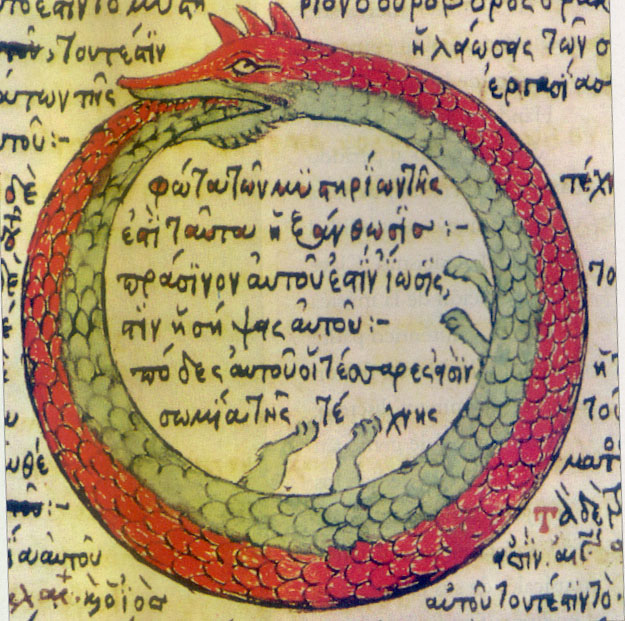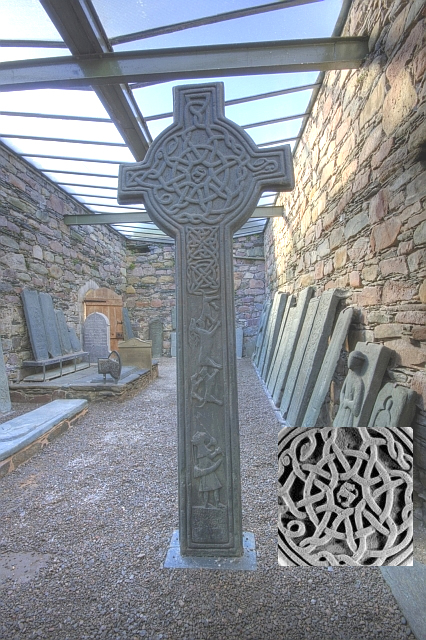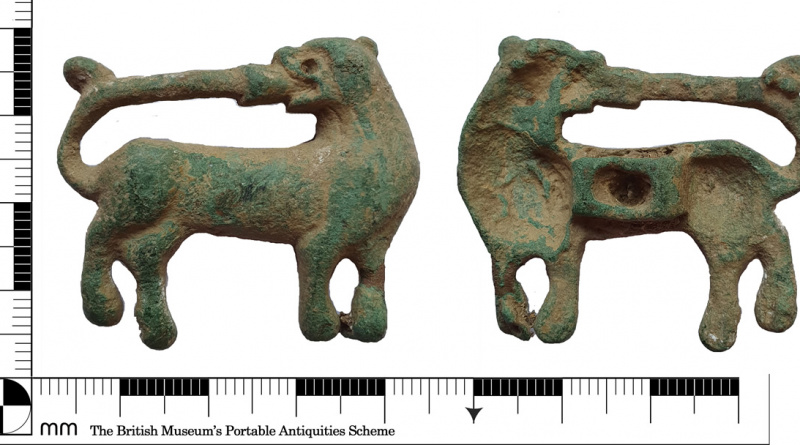Medieval mount of dog biting its tail
A cast copper alloy mount in the form of a dog, maybe a lion, biting its own tail. It has been dated to the 12th to 13th century. There are a few similar examples on the PAS database although these are buckles. The circular aperture on this find indicates that it was designed to fit on a rivet and the PAS record suggests it was fitted to a scabbard, casket or processional cross.
Ouroboros
Probably the most well known image of an animal biting its own tail is Ouroboros.

Ouroboros is a serpent or dragon biting its own tail. It appears in several ancient cultures including Egyptian and Chinese. In Norse mythology it appears as Jörmungandr; a serpent that grew so large that it encircled the earth and bit its own tail.
Meaning of Ouroboros
The Ouroboros is generally interpreted as signifying the circle of life; death and rebirth. In some cultures it is a fertility symbol
Link to the discovery of benzene
For lovers of tenuous links to detecting finds:

In 1890 German chemist August Kekulé told an anecdote of how he came up with the structure of benzene in 1865. He said that had a day-dream of a snake seizing its own tail. However, some suggest the Kekulé may just have been having a joke.
Celtic image of dog biting its tail
The image of a dog biting its own tail is an ancient Celtic symbol for renewal and immortality and has even appeared on Irish postage stamps in the 1970s. It is certainly a similar idea and image as Ouroboros although here the dog is leaning over its own back, rather than completing a circle inwards.
This is very similar to the find.


Photo: Steve Partridge, CC By Sa2.0 (adapted)
One of the most striking examples of this image is in the centre of the cross in the Kilmory Knapp Chapel in Kanpdale, Argyll and Bute. This cross was commissioned by Alexander MacMillan of Castle Sween in the late 15th century.
On one side is depicted the crucifixion and on the side shown here is a hunting scene and in the centre a dog, probably a wolfhound, biting its own tail.

